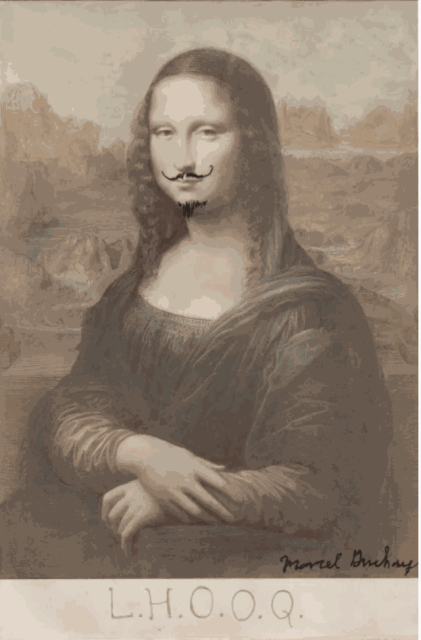Marcel Duchamp (1887–1968) was a French artist whose subversive contributions to modern art have profoundly influenced the course of contemporary practice. Best known for his readymades and conceptual provocations, Duchamp also engaged deeply with photography, using it as a means of both artistic experimentation and personal expression.
Duchamp's photographic endeavors were often collaborative and mischievous. His friendship with Man Ray, a fellow avant-garde artist and photographer, led to a series of innovative photographic works that defied conventional categorization. Among these are the photographs documenting Duchamp's alter ego, Rrose Sélavy, a fictitious female persona who embodied his fascination with gender fluidity and artistic ambiguity. These portraits, characterized by their striking elegance and surrealist undertones, reveal Duchamp’s playful interrogation of identity and performance.
Throughout his career, Duchamp employed photography to document his readymades and installations, ensuring their legacy as conceptual statements long after their physical presence diminished. His use of the photographic medium was not confined to documentation; instead, he explored its potential as a conceptual canvas. Duchamp's photographs often manipulated perspective, juxtaposed objects, or employed double exposures, resulting in layered images that defied simple interpretation.
In addition to his photographic collaborations, Duchamp also engaged with early cinematic experiments, contributing to the visual dynamism of Dada and Surrealist movements. His fascination with optics and motion materialized in works such as the rotoreliefs and the conceptual film Anémic Cinéma (1926), further underscoring his commitment to challenging perceptual norms.
While Duchamp’s influence is most commonly associated with his defiance of artistic tradition, his photographic legacy endures as a testament to his multidisciplinary vision. His willingness to blur the boundaries between mediums and identities remains a profound source of inspiration for contemporary artists and photographers alike. Marcel Duchamp's photographic oeuvre, though often overshadowed by his sculptural and conceptual works, stands as a crucial chapter in the artist's relentless pursuit of intellectual and visual subversion.
